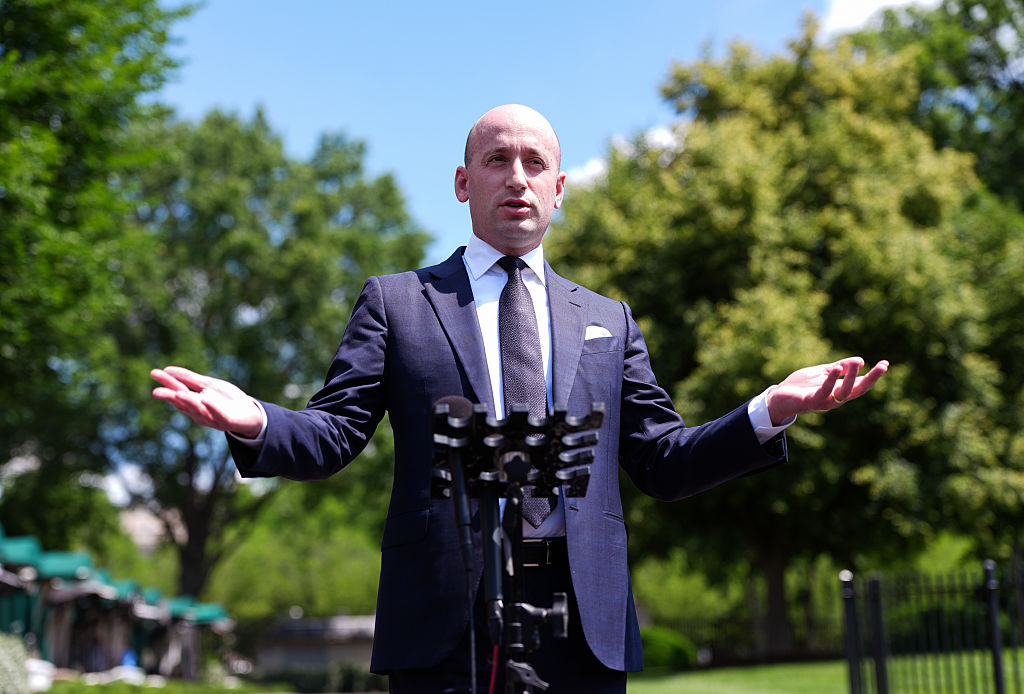The two favored topics of conversation in Palm Beach are money and the place itself, so the latest survey by Henley & Partners, a specialist service which advises wealthy clients where to live, is doubly welcome. It shows that Palm Beach County is among the top five fastest-growing “wealth hubs” in the world, outpacing even Dubai and Silicon Valley.
This latest report shows that Palm Beach County cities (that is, Palm Beach, the island off the mainland, and West Palm Beach, on the mainland, separated only by three drawbridges) experienced a 112 percent increase in millionaire residents between 2014 and 2024. The area ranks in fourth place internationally – a massive jump from 11th last year – and, as the report puts it, is “an indication that the cities are maintaining a growth spurt that began during the pandemic.”
In terms of actual numbers, the report found that Palm Beach and West Palm Beach combined house 11,500 millionaires, 78 centimillionaires (those worth $100 million-plus) and ten billionaires.
This actually appears to be a conservative estimate, because an analysis of Forbes magazine data carried out recently by the Palm Beach Daily News found that there are, in fact, 68 billionaires “with strong residential ties to the Town of Palm Beach” (that is, the island), and no fewer than 70,000 millionaires.
The billionaires’ combined wealth is put at $615 billion, with an average worth of $5.3 billion. Donald Trump’s worth has risen in the past year, the survey says, from $2.3 billion to $5.1 billion. Ranking ahead of Palm Beach were Shenzhen in China, in first place; Scottsdale, Arizona in second; and Bengaluru, India, in third.
The popularity of the area is also reflected in the new developments of what you might call “high-end” infrastructure. The downtown area is getting a new hospital from the Cleveland Clinic, a new graduate business school from Vanderbilt University and a deal is in the works to buy 55 acres of city land to build a private school. Waterfront condominiums are going up at a rate of knots, with a new hot restaurant, Lamarina, snuggled cheek by jowl with literally scores of ocean-going yachts.
But Palm Beach’s newfound popularity brings high-end problems, too, and here restaurants are again an important element. Because traffic has increased by 16 percent in just over a year, the city council is considering introducing new conditions which require investors who plan to open new restaurants here – which are sprouting up everywhere – to reveal what their plans are for parking, there being so much pressure on space already.
All leading restaurants, hotels and even some of the sharper shops offer “complimentary valet parking.” Of course, valet parking isn’t confined to Palm Beach – indeed, Woody Allen, the great comic, once quipped that “valet parking is America’s greatest contribution to civilization.” But on a small island, with space so limited (and Range Rovers and Bentleys so large and plentiful), valet parking is so extensive that there are temporary shortages of five-dollar bills. Although most valet parking is “complimentary,” it is the “done” thing to tip valet parkers (who must always sprint to retrieve your car) somewhere between five and ten dollars.
The extent of the practice is revealed when the great charity dinner-dances take place. I asked the major domo at the Preservation Foundation’s ball, one of the swankiest here, how many valet parkers he had that night. His answer was “50, but this is only one of three parties tonight.”
Wealthy human beings and restaurant owners are not the only invasive species. So too are iguanas, especially the green and black spiny-tailed species, and this has offered the chance of a business unlike anywhere else. This is Down Goes Iguana, conceived by Johnny Johnson, who manages a golfing ad agency but who, for a bet, undertook to see if he could find and shoot dead an iguana a day over a specific period of time. So successful was he in winning the bet, that he now offers his services at $50 for a first iguana shot and $25 for each subsequent killing. Iguanas feed on more or less everything and are not native in these parts. He’s not giving up the day job just yet, but the idea is catching on.
Also catching on are new forms of face-lift. One is the “deep plane facelift,” but more interesting-sounding is the “Nefertiti,” inspired by the Egyptian queen, whose elegant, long, thin neck was made famous with the 1912 discovery of her painted sandstone bust. In this procedure, a neuromodulator (such as Xeomin, Botox, Daxxify, or Jeuveau) is injected into areas along the jawline and neck to relax the muscles that pull down as we age. The jowls and cheeks are then lifted to improve the look of the neck and jaw. “The goal of the Nefertiti lift is a more defined jawline,” says Dr. Norman Rowe of Rowe Plastic Surgery, “and patients can expect it to last three to six months.”
With people living longer and longer, how many Nefertitis might one need?
This article was originally published in The Spectator’s June 2025 World edition.


























Leave a Reply